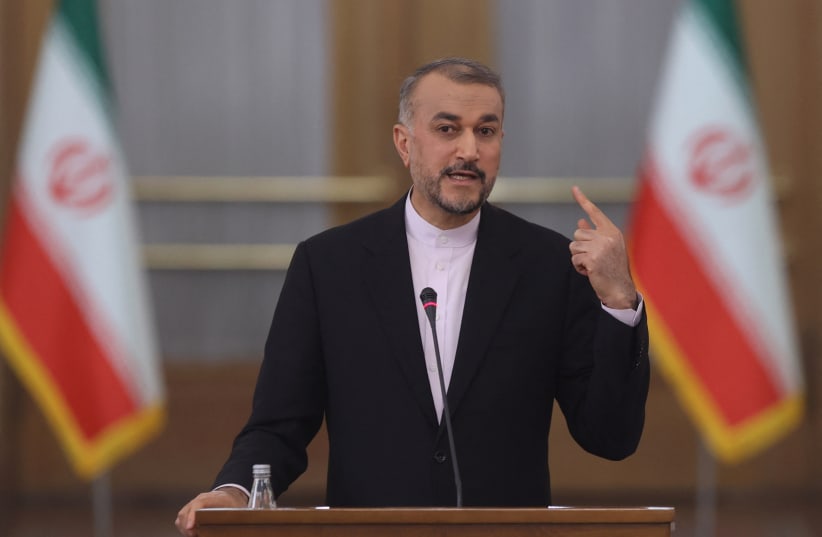Iranian Foreign Minister Hossein Amir-Abdollahian met with Hezbollah leader Hassan Nasrallah on Thursday. The meeting is important because Iranian proxies are watching to see what Hezbollah will do in the coming days.
With an Israel-Hamas ceasefire expected, Hezbollah now holds many of the cards regarding further escalation. The group has also announced new casualties in Lebanon, and Beirut-based Al Mayadeen, a pro-Iranian news channel, said two of its journalists were killed this week.
Hezbollah has threatened Israel since the Hamas attack on October 7. Hezbollah uses rockets, anti-tank missiles, mortars, and drones to attack Israel. The IDF retaliates after each incident. This has led to a kind of equilibrium in the North.
Israel has evacuated communities along the northern border, and many Lebanese have fled the fighting. Israel has warned Lebanon not to escalate further. Nevertheless, Hezbollah also wants to show it is supporting Hamas.
Why is the Iranian foreign minister's visit to Lebanon important?
The Iranian diplomat’s visit is important. First of all, it keeps up appearances that Iran and Hezbollah are working closely and that they back Hamas. The Houthis in Yemen, who hijacked a ship this week, are also watching the meeting closely.
Iranian regime media outlets said this was the second trip by the top Iranian diplomat this month. He also traveled to Qatar to meet Hamas leaders, and he has been reaching out to Russia and Turkey. Iran is also close to China, and Tehran has sought to exploit various forums, such as BRICS, to advance the cause of Hamas.
Iran believes it can leverage the fighting in Gaza, and also the world’s attention, to achieve its goals. It believes Israel’s image has been tarnished by the war. Tehran also believes the October 7 attack shows Israel is vulnerable. Iran has mobilized its proxies since October 7 to attack Israel and the US.
For Tehran, this joint messaging is important, as it wants to push many countries in the region to oppose both the US and Israel. It may make inroads in some places, and it may increase its influence, but overall, the countries in the region that are close to the West are not willing to jump on the Iranian bandwagon. Instead, they are also hedging. The Gulf states, for instance, have been reaching out to Russia and China, which have not condemned the Hamas attack.
Iran says its foreign minister’s trip is a “continuation and completion of the continuous and intensive efforts of the Islamic Republic of Iran in supporting the Palestinian people, ending the oppressive aggression of the Zionist regime, lifting the blockade of Gaza, and sending humanitarian aid to the Palestinian people.”
As such, the actual statements from Lebanon on Thursday were not particularly belligerent. That doesn’t mean Iran is not preparing for more escalation. But Iran has seen its proxies taking losses. Hezbollah has been losing fighters. A Hamas member was killed in Lebanon this week, according to reports.
The US also carried out an attack on Kataib Hezbollah in Iraq. US Central Command said: “On the morning of November 22 in Iraq, US Central Command (USCENTCOM) forces conducted discrete, precision strikes against two facilities in Iraq. The strikes were in direct response to the attacks against US and Coalition forces by Iran and Iran-backed groups, including the one in Iraq on November 21, which involved use of close-range ballistic missiles.”
In the Red Sea, the Houthi threats are also increasing. But the US and Israel are capable of defending against them. On Thursday, USCENTCOM said: “On the morning (Yemen time) of November 23, the USS Thomas Hudner shot down multiple one-way attack drones launched from Houthi-controlled areas in Yemen. The drones were shot down while the US warship was on patrol in the Red Sea. The ship and crew sustained no damage or injury.”
Taken together, the US statements indicate that there is more realization of the threat posed by Iran’s proxies. Iran’s foreign minister in Lebanon, therefore, must consider that Hezbollah’s escalation comes with great risks.

